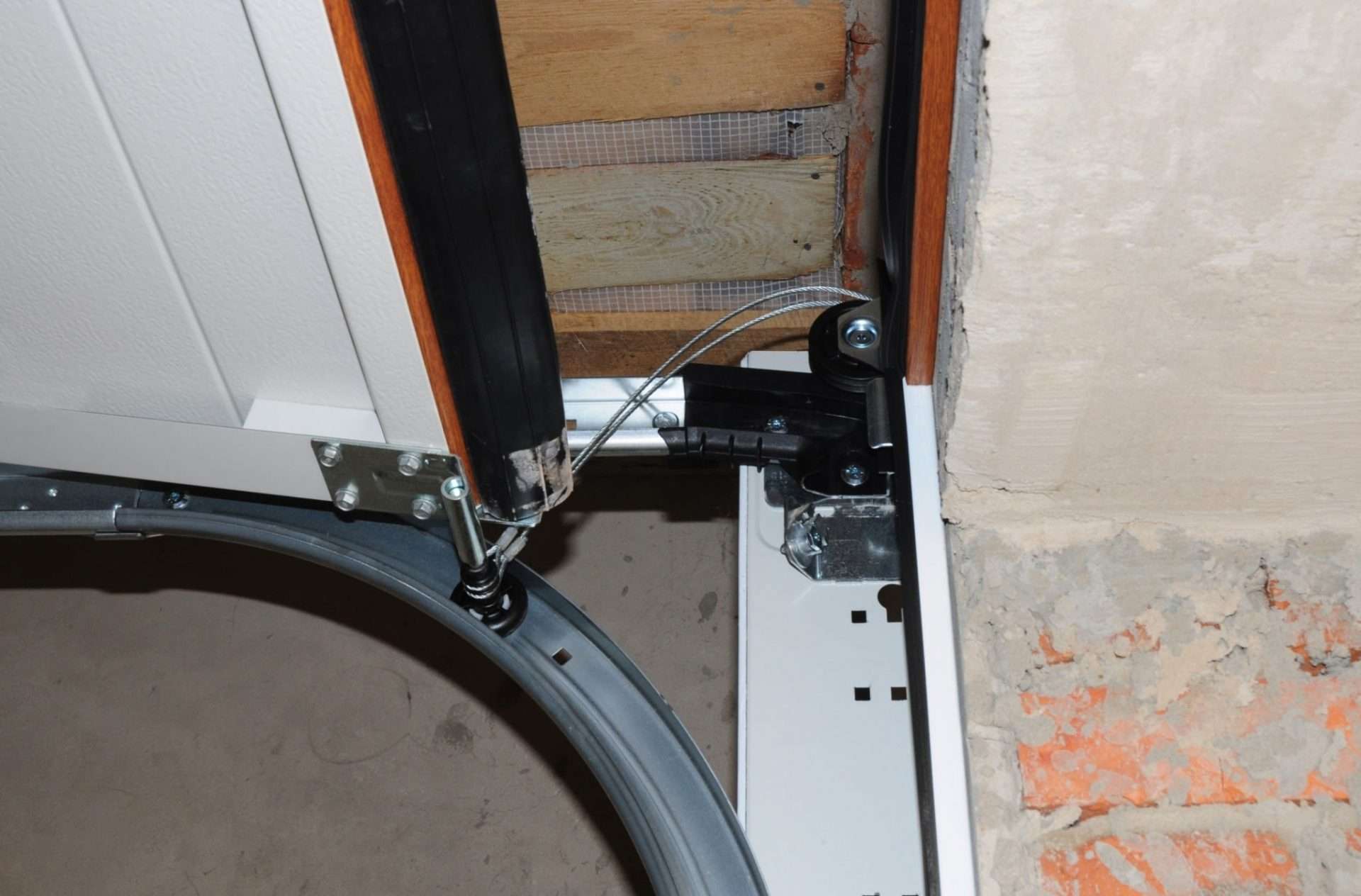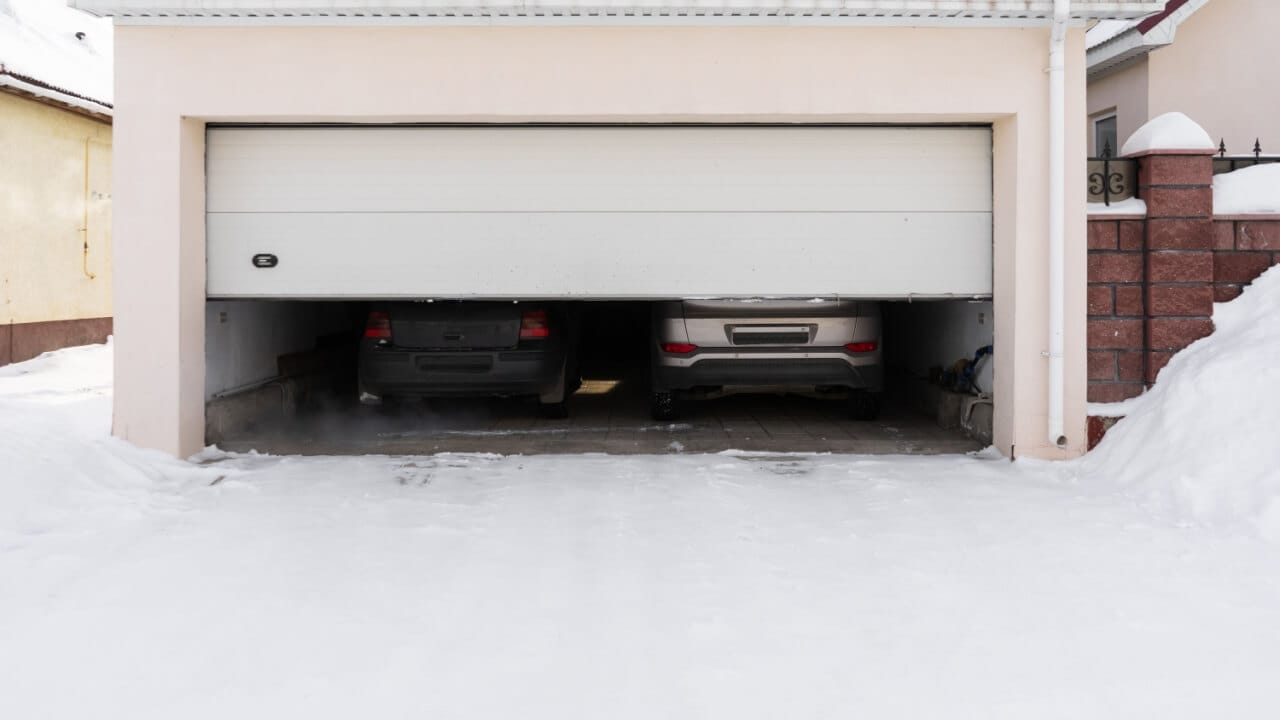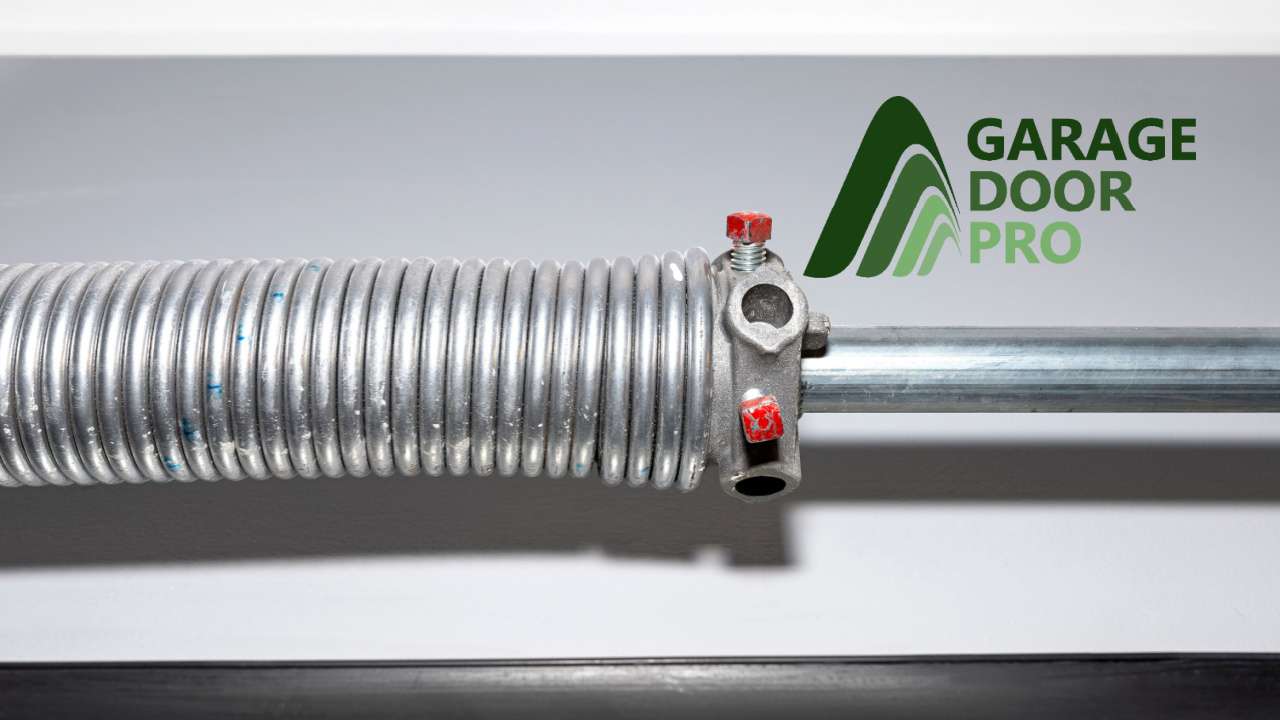You may not ponder garage springs a lot in your life, however, they’re one of the most fundamental pieces of your home. You most likely won’t go a day without operating these springs. Some of time, garage springs can quit working, making you aware of their significance and causing you to consider what turned out badly. A failing garage door can present serious safety hazards, so you ought to watch out for how your system is operating.
In minutes when your garage door stops working, you could begin to consider how these springs work, what kind of springs you have, and how you might fix them.
WHAT ARE GARAGE SPRINGS?
Garage springs are essential pieces of any mortgage holder’s everyday existence. Without them, you wouldn’t have the option to open your garage door and you’d require godlike strength just to lift that 150-pound door over your head.
Garage springs make lifting that door conceivable utilizing a blend of instruments and powers that work to beat gravity. There are various types of garage springs, so it’s essential to have the option to separate between the types and know which one you have in your home.
TYPES OF GARAGE DOOR SPRINGS
Two types of garage springs are generally normal — torsion springs and extension springs. Assuming that you’re new to garage springs, it very well may be trying to gaze up at your garage door and attempt to separate the two. In any case, if you approach the right data, recognizing the differences can be genuinely simple.
WHAT IS THE DIFFERENCE BETWEEN TORSION SPRINGS AND EXTENSION SPRINGS?
You can commonly divide the differences between torsion springs and extension springs into classes like appearance, location, uses, and performance. A portion of these classes, for example, appearance, will make it more straightforward to distinguish than performance. Be that as it may, realizing every individual difference can assist you with distinguishing what turned out badly and let you know whether the spring is reasonable for your garage.
APPEARANCE AND LOCATION
The least demanding method for differentiating between strain springs and extension springs is to take a gander at them essentially. Extension springs are normally put on one or the other side of one garage door and are more apparent than torsion springs. If you observe intently, you’ll see the springs pack when the garage door closes and expand when it opens once more.
Torsion springs, interestingly, just have one piece straight over your garage door. You won’t see a lot of development in torsion springs while the garage opens since these springs are generally covered and secured.
Assuming you dismantled each spring from the component, you would track down much more differences in appearance. The finish of each spring has checked differences — torsion springs end in pieces called cones, while extension springs end in circles.

USES AND PERFORMANCE
Besides performance, the fundamental difference between extension springs and torsion springs is how they work. As their names suggest, torsion springs use force, while extension springs go through the form of energy in their springs to lift the garage door.
Greater Indianapolis Garage doors work on an offset system, meaning they use the energy in their components to pull the garage door open and close it once more. The two types of springs use offset get together — they simply use it in various ways:
Extension springs: A stretching-out spring is joined to cables that will pull your garage door open. These springs withdraw as the door is opened, pulling the cables at a steady speed that counters the door’s weight. These springs broaden again when the door closes, utilizing the put-away energy to delicately deliver the door back to its unique position.
Torsion spring: Torsion springs work utilizing force. A turning, rotational power makes the force. The torsion spring mounts over your garage door on a cylinder, and cables are associated with the spring and wired to the lower part of your garage door. As your garage door opens, the spring loosens up in a contorting movement. This force is moved to the cables into a straight power as they pull the door open. At the point when the door shuts, the springs wind to drive the door down once more.
You can look at your garage springs’ appearance, location, and operations to figure out which type you have. After you figure out which kind you own, you could start to contemplate whether one spring is more successful than another.
ARE TORSION SPRINGS BETTER THAN EXTENSION SPRINGS?
Assuming you begin making an inquiry or two and investigating, you will presumably find that torsion springs are more suggested than extension springs. Various reasons support this case:
Safety: Torsion springs are a lot more secure than extension springs. The consistent extending and compacting of extension springs prompt unavoidable mileage. At the point when they break, they can snap off and go about as sent-off shots, taking steps to hurt individuals in the overall area. Torsion springs are disguised in a cylinder and don’t work under the very repressed energy that extension springs use.
Maintenance: Extension springs have a few sections and parts, leaving them open to more maintenance issues. There are two springs on one or the other side of the garage door, while a torsion spring normally just has one straight over your door. Extension springs have much more space for things to turn out badly, and you’ll presumably be calling for maintenance on a more regular basis. Torsion springs have a more extended life expectancy and are more solid.
Operations: By and large, force is viewed as a better technique generally speaking to drive your garage door. It’s a fresher technique, using a bending movement rather than broadening energy development that could present safety hazards. Force brings about less maintenance and works in a gentler, more purposeful style.
However pressure springs are normally suggested, but this doesn’t mean you ought to throw away extension springs. In light of your circumstance, it very well may be the ideal decision. Extension springs are normally the more reasonable choice, and they’re generally tracked down in private homes.



